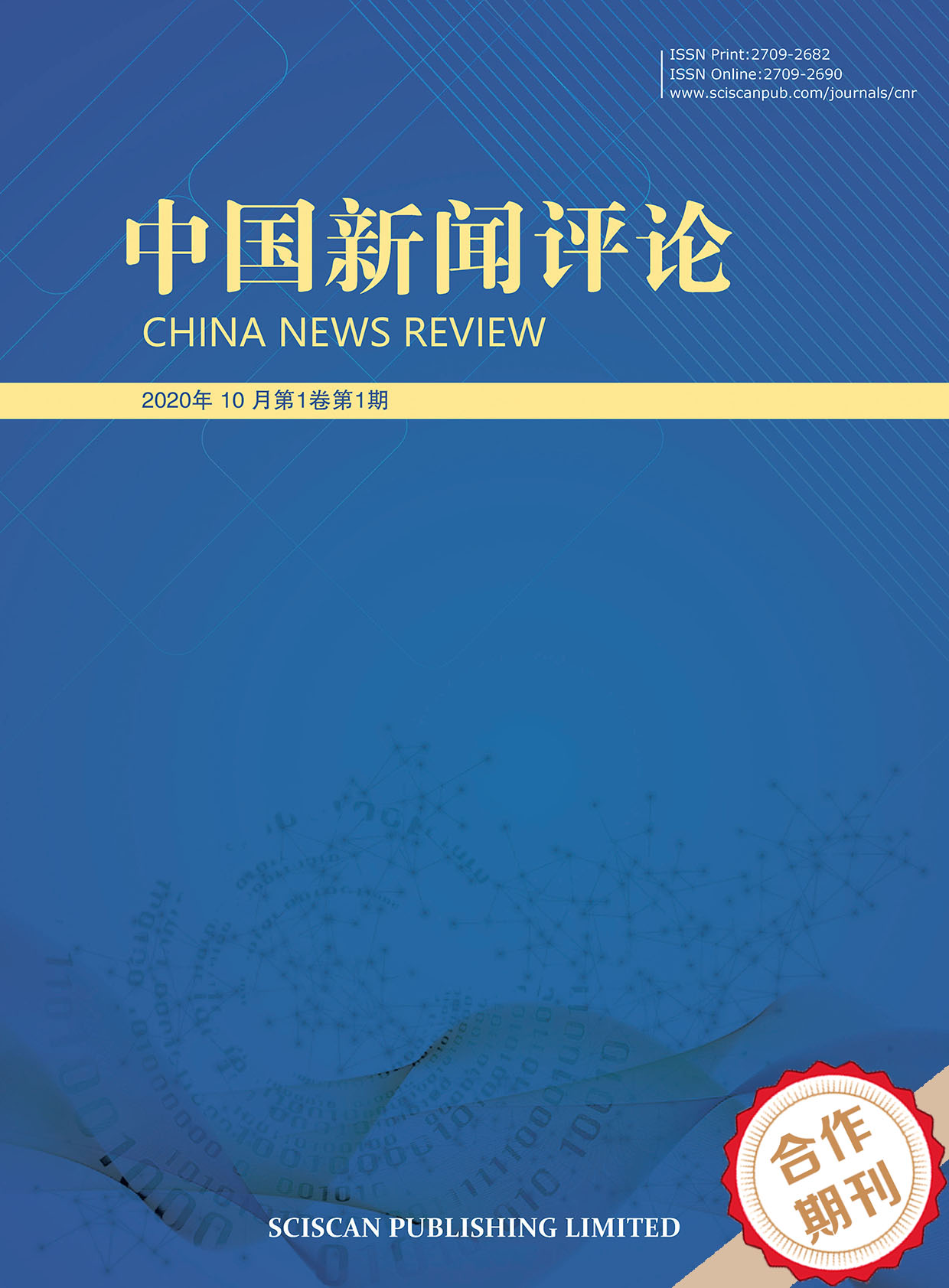China News Review
ISSN Print: 2709-2682
ISSN Online: 2709-2690
Contact Editorial Office
Subscribe to the latest published information from SCISCAN
文化记忆视域下怀旧空间的构建研究 ——以楚风汉味美食街区为例
Study on the Construction of Nostalgic Space under the Perspective of Cultural Memory —Taking Chu Feng Han Wei Food Street Area as an Example
- Authors: 吴玉兰 陈芷汀
-
Information:
中南财经政法大学,武汉
-
Keywords:
Cultural memory; Nostalgic space; Consumption function; Chu Feng Han Wei food street area文化记忆; 怀旧空间; 消费功用; 楚风汉味美食街区
- Abstract: In recent years, with the popularity of indoor nostalgic spaces simulating the past streetscapein major cities, Chu Feng Han Wei food street area in Wuhan has been widely acclaimed. This studytakes Chu Feng Han Wei food street area as the research object, and applies participatory observationand rooted theory research method to investigate the effect of nostalgic space on the construction of“storage memory” and the construction of “functional memory” for nostalgic spaces, and focuses onthe consumption function of cultural memory, in order to explore the connection between mediatednostalgia and the place and the audience. The study finds that nostalgic spaces complete the temporalconstruction of cultural memory by selecting image-based storage memories, supplemented by text andplaces, so that tourists can establish self-identity through the recollection of the past daily life and therelease of emotions; nostalgic spaces complete the spatial construction of cultural memory by selectingtext- and place-based storage memories, supplemented by image-based storage memories, so thattourists can extend the impression of the city within the space and establish the identity of the place atthe same time. The nostalgic space completes the spatial construction of cultural memory by storingmemories of texts and places, so that tourists can extend their impression of the city in the space and atthe same time build up their identity of the place; the embedding of the function of consumption alsomakes the nostalgic space a complex with multiple functions. The study focuses on the constructionand consumption process of cultural memory in Chu Feng Han Wei food street area as a nostalgicspace, with a view to broadening the boundaries between the study of media memory and the study ofmaterial media intermediaries. 近年来随着模拟过去街景的室内怀旧空间在各大城市风靡,楚风汉味美食街区在武汉广受好评。本研究以坐落于武商梦时代的楚风汉味美食街区为研究对象,运用参与式观察和扎根理论研究法,在考察怀旧空间对于“存储记忆”的构建、“功能记忆”的构建的基础上,重点考察文化记忆的消费功用,借以探寻媒介怀旧物与地方、受众的联系。研究发现,怀旧空间通过选择以图像为主、文本和地点为辅的存储记忆完成文化记忆的时间性构建,使游客能够通过对过去日常的忆起和情感的释放来建立自我身份认同;怀旧空间通过以文本和地点为主、图像为辅的存储记忆完成文化记忆的空间性构建,使游客能够在空间内对城市印象进行延展的同时建立对于地方的认同;消费功用的嵌入也使怀旧空间成为具有多种职能的复合体。研究聚焦楚风汉味美食街区作为怀旧空间对于文化记忆的构建与消费过程,以期拓宽媒介记忆研究与物质性媒介中介物研究的视野。
- DOI: https://doi.org/10.35534/cnr.0501006
- Cite: 吴玉兰,陈芷汀.文化记忆视域下怀旧空间的构建研究——以楚风汉味美食街区为例[J].中国新闻评论,2024,5(1):68-85.
















